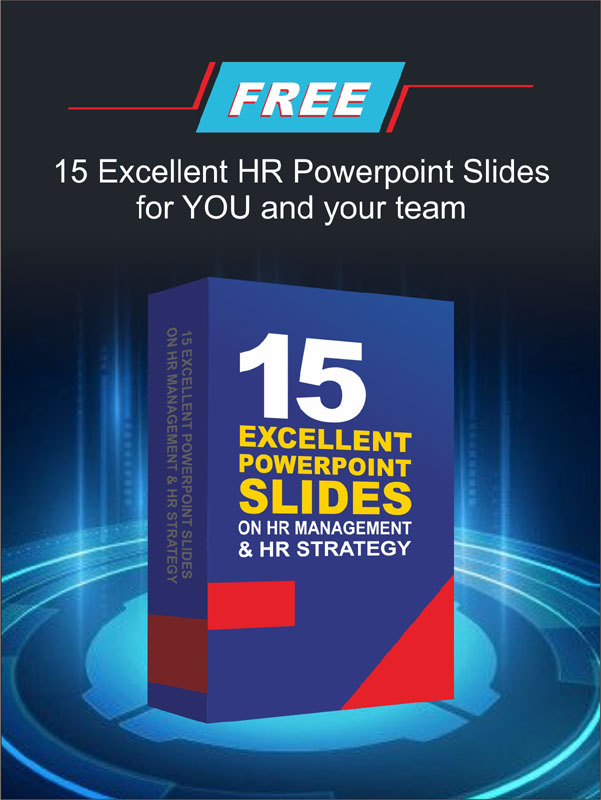As an HR manager, I was responsible for recruiting and training new employees, managing employee relations, and ensuring the company’s compliance with labor laws. But as the company grew, so did my responsibilities, and I realized that I needed to improve my training skills to keep up with the demands of the job.
My first step was to assess my current training skills and identify areas that needed improvement. I recognized that while I had experience in conducting training sessions, I lacked the skills to design effective training programs. I also needed to learn how to assess the effectiveness of the training and make adjustments as needed.
To address these gaps, I enrolled in a training course that covered instructional design, delivery methods, and evaluation techniques. The course was intensive, and I spent countless hours studying and practicing my new skills. But the effort was well worth it, as I gained a new level of confidence in my ability to create effective training programs.
One of the most valuable lessons I learned was the importance of understanding the audience. Before designing any training program, it is critical to understand who the learners are and what they need to learn. By understanding their motivations and interests, I could design a program that would engage them and make learning more enjoyable.
Another essential aspect of effective training is the delivery method. While traditional classroom-based training can be effective, there are many other ways to deliver training, including e-learning, webinars, and on-the-job training. Each delivery method has its strengths and weaknesses, and it is essential to select the right method for the audience and the training content.
One of the most challenging aspects of training is evaluating its effectiveness. While it is easy to measure participation rates and completion rates, it is much more challenging to determine whether the training has had any impact on job performance or the bottom line. To address this challenge, I learned how to develop assessment tools that measure not only the learners’ knowledge but also their application of that knowledge on the job.
As I continued to develop my training skills, I realized that training is not just about delivering content but also about building relationships with the learners. When learners feel supported and connected to the trainer, they are more likely to engage with the training content and apply it on the job. To build these relationships, I focused on creating a positive and supportive learning environment and showing a genuine interest in the learners’ success.
Another critical aspect of training is continuous improvement. Even the most effective training programs can be improved, and it is essential to continually evaluate the training and make adjustments as needed. By soliciting feedback from learners and regularly assessing the program’s effectiveness, I could make changes that would improve the training’s impact.
In conclusion, developing effective training skills is critical for HR managers. By designing engaging training programs, selecting the right delivery methods, assessing the training’s effectiveness, building relationships with learners, and continuously improving the program, HR managers can ensure that employees have the knowledge and skills they need to succeed on the job. While developing these skills takes time and effort, the payoff is significant, as effective training can have a substantial impact on employee performance and the organization’s success.
Click the image to download for free.


